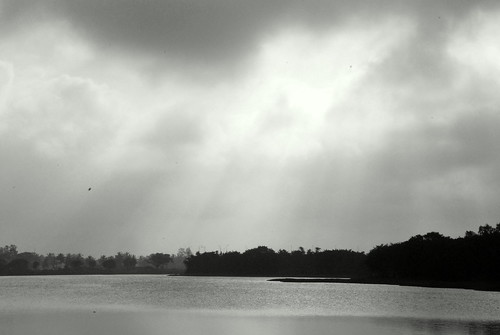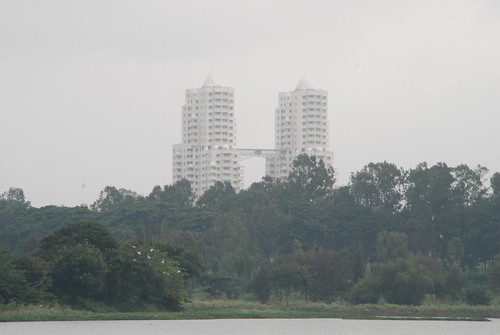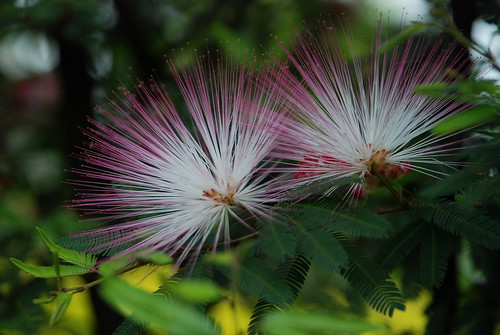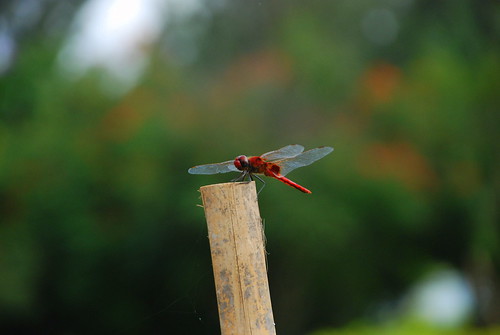Good Morning...
For the last couple of days, I was pre-occupied with some work and was desperately looking for something refreshing. And Saturday night while having a late dinner, one of my friends called me and asked if I could join him for a visit to the Hebbal Lake early morning on Sunday to take some pictures.
My immediate reply, 'Yes'.
We started a bit late, with respect to the time line that we had planned, but guess that’s OK. Especially during weekends, the planned and plotted life takes a different course. It was a bit cloudy, by the time we reached Hebbal Lake.

Hebbal Lake is located in the northern part of Bangalore, along Bellary Road covering nearly 150 acres in area. It is one of the three lakes founded in 1537 by Kempe Gowda and today it is maintained by Sate Forest Department. It has a wide variety of aquatic vegetation and a large number of birds live around it. And that's the reason, there were few other photographers, most of them were professional, ready to capture these creatures through their lenses, by the time we reached the spot.
The Hebbal Lake alone is home to over 70 species of water birds including many migratory birds. But as the city is expanding its concrete jungle orbit, the variety has of birds visiting this lake early morning has reduced but the numbers are fair enough to make a visit.

Lifestyle Habitat, one of the most spectacular projects in Bangalore, modeled after the Malaysian Petronas Towers, graces the background of this scenic space. This is supposedly to be one of the costliest apartments in the city.

Since, I had carried my 18-135mm lens only, I was not able to dabble much to take pictures of birds with impeccable clarity. The area encompassing the lake is like a modest jungle, though not a dense one, and it offers one the freedom to go around anywhere. I was able to capture some flowers that had grown in the wild, and not in well manicured gardens.



I have learnt it over the years that, the driving impulse to nature photography is to catch life in its most natural, virgin and raw format. Now if you want to capture those split second moments of birds and animals in the nature, there is one ingredient that is needed in handsome amounts. And that's nothing but patience, methinks.

Die hard photographers will stand for hours in cold or in the sun, enduring insect bites for the chance to photograph something that has already taken shape in their mind, but has to be framed on the camera film. Trust me, it's altogether some form of inexplicable joy that you get, once you take a shot in which the pelican is just about to collect its feed within the blink of an eye. Check a picture taken by my friend, Sam. (same person as above behind his lenses, who waits for 20 minutes or so, balancing the tripod for a single shot.)
Seeing my friend, I wanted to put my patience on test, and my final output is the snap below. It took me close to ten minutes to take this single exposure because I wanted the fly to rest and offer me a lifelike pose.

Soon time passed by and it was 8:30AM and the sun rays started painting the day through the fragile clouds. Traffic gnarls were audible and we realized that it was time to pack up.
Check out some interesting articles about Hebbal Lake:
1. Hebbal lake: whose space?
2. Lake policy misguided, says forest department.
Keep reading and remain connected.
Labels: blogs, camera, city-life, green, Photography, random thoughts


